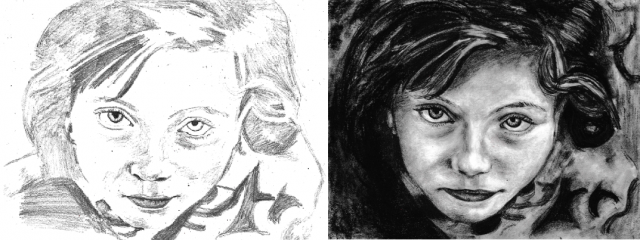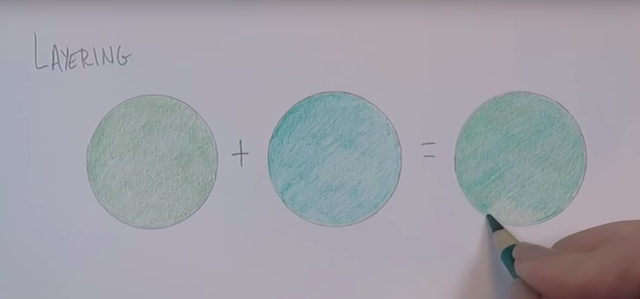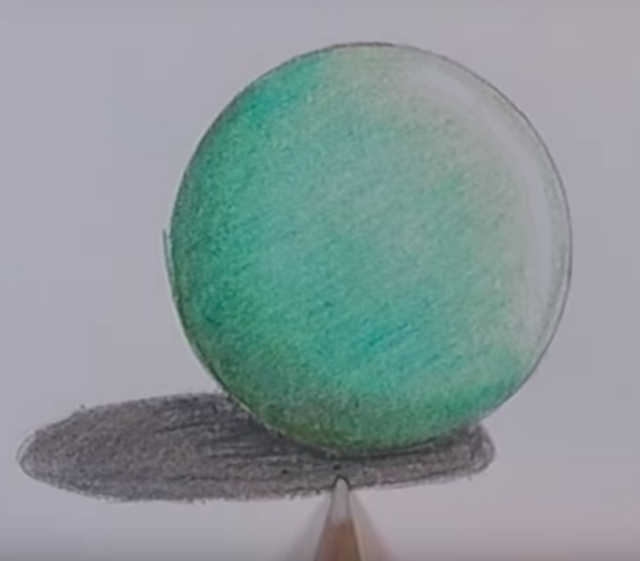Colored Pencils Techniques1. Pressure Shading- apply pressure to create different values and tones 2. Strokes- apply shading, stippling, cross-hatching, and hatching to create textures 3. Layering- apply similar or opposite colors to layer on top of each other to create depth 4. Blending- creating an area between two colors where they gradually mix, so you get a gentle transition from one color to the other. 5. Burnishing- push the colored pencils on paper to produce solid color painting quality effects.6. Highlights and shadows- enhance 3D effects
1. Pressure shading- to create values Apply different Pressure to create values/tones
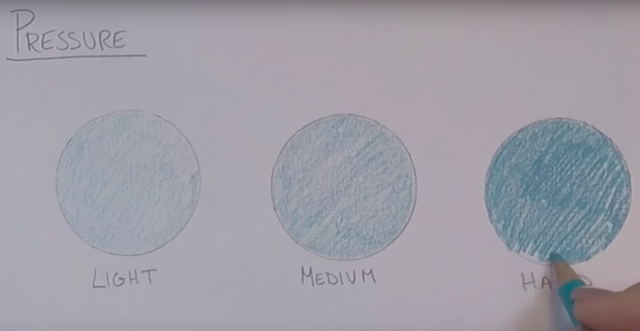
Shading With Different Values to improve your drawing.
2. Strokes- to create textures
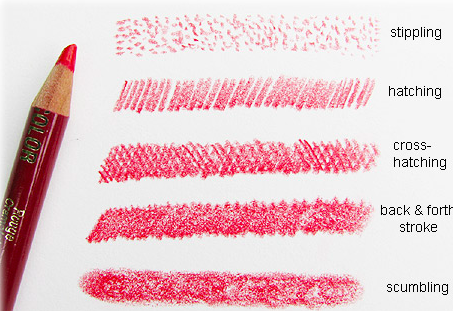
Shading: produced with an even, side-to-side stroke that creates a smooth even layer of color; a light touch will deposit a faint amount of color for graduated colored pencil shading.
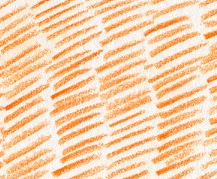
Hatching: a series of evenly spaced, parallel lines that leave a little white or color of the underlying surface visible; hatching in colored pencil adds texture to your compositions.
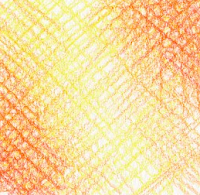
Cross-hatching: hatching overlaid at an angle to build up layers of color or value; keep the pencil tips sharp to create fine, even lines.
Consider the Direction of the Strokes
3. Layering- to create depth
Layering colors produce more depth in the color and lead to a more realistic depiction of the scene. Layered colors may be related or similar colors, or they may be complete opposites.
Layering colors of a different value or hue naturally mix on the surface and mixed colors are always more natural in their appearance.
4. Blending- to create color gradients
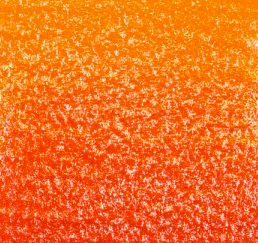 Produced by applying heavy, even pressure with a pigment-less blending pencil or a white or light-colored pencil (such as cream or light gray), creating slick, evenly blended color; a stiff bristle brush can be used to blend colors as well. Colored pencil blending techniques can help add depth to your colored pencil drawings.
Produced by applying heavy, even pressure with a pigment-less blending pencil or a white or light-colored pencil (such as cream or light gray), creating slick, evenly blended color; a stiff bristle brush can be used to blend colors as well. Colored pencil blending techniques can help add depth to your colored pencil drawings.
 Produced by applying heavy, even pressure with a pigment-less blending pencil or a white or light-colored pencil (such as cream or light gray), creating slick, evenly blended color; a stiff bristle brush can be used to blend colors as well. Colored pencil blending techniques can help add depth to your colored pencil drawings.
Produced by applying heavy, even pressure with a pigment-less blending pencil or a white or light-colored pencil (such as cream or light gray), creating slick, evenly blended color; a stiff bristle brush can be used to blend colors as well. Colored pencil blending techniques can help add depth to your colored pencil drawings.
5. Burnishing-to create a painting effect
Burnishing is the process of working the material into the tooth of the paper to produce smooth and solid applications of color. This is what transforms a colored pencil drawing into a colored pencil painting.
6. Highlights and Shadows- to enhance 3D effects
Adding highlights and shadows to create 3D effects on the 2D surface
